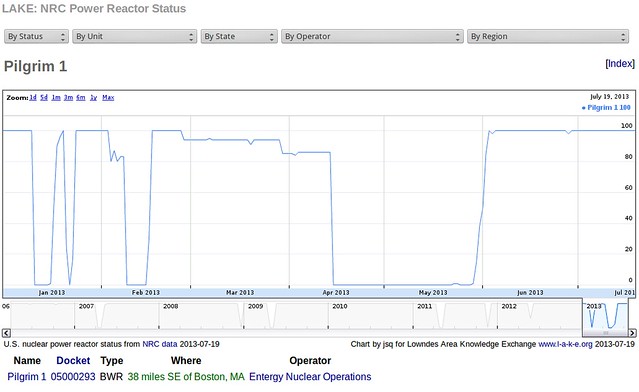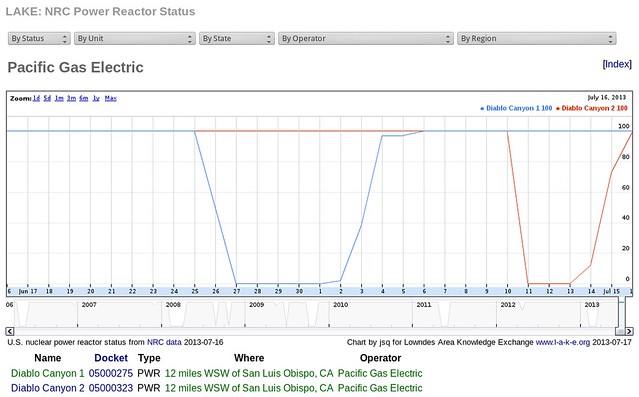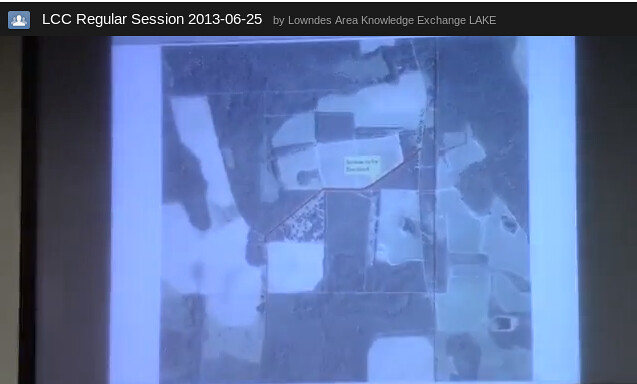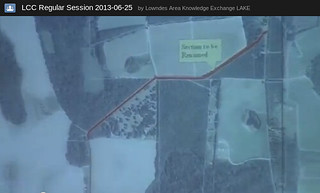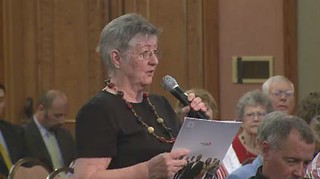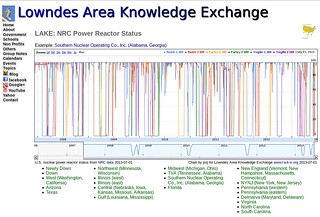Down in January, February, April, May, running low March and June, and now likely to go down because of summer heat, under what conditions does Entergy’s Pilgrim nuke near Boston, MA like to run? Entergy also couldn’t keep the power on during the Super Bowl and still has Arkansas Nuclear 1 down since a fatal accident in March. To be fair, many nukes can’t handle heat. Remind me, why are we building more of them?
Christine Legere wrote for Cape Cod Times 18 July 2013, Seawater temps too high for Pilgrim cooling,
PLYMOUTH — The ongoing heat wave could force Pilgrim Nuclear Power Station to shut down, as soaring temperatures continue to warm the Cape Cod Bay waters that the plant relies on to cool key safety systems.
Pilgrim’s license from the Nuclear Regulatory Commission requires Continue reading
